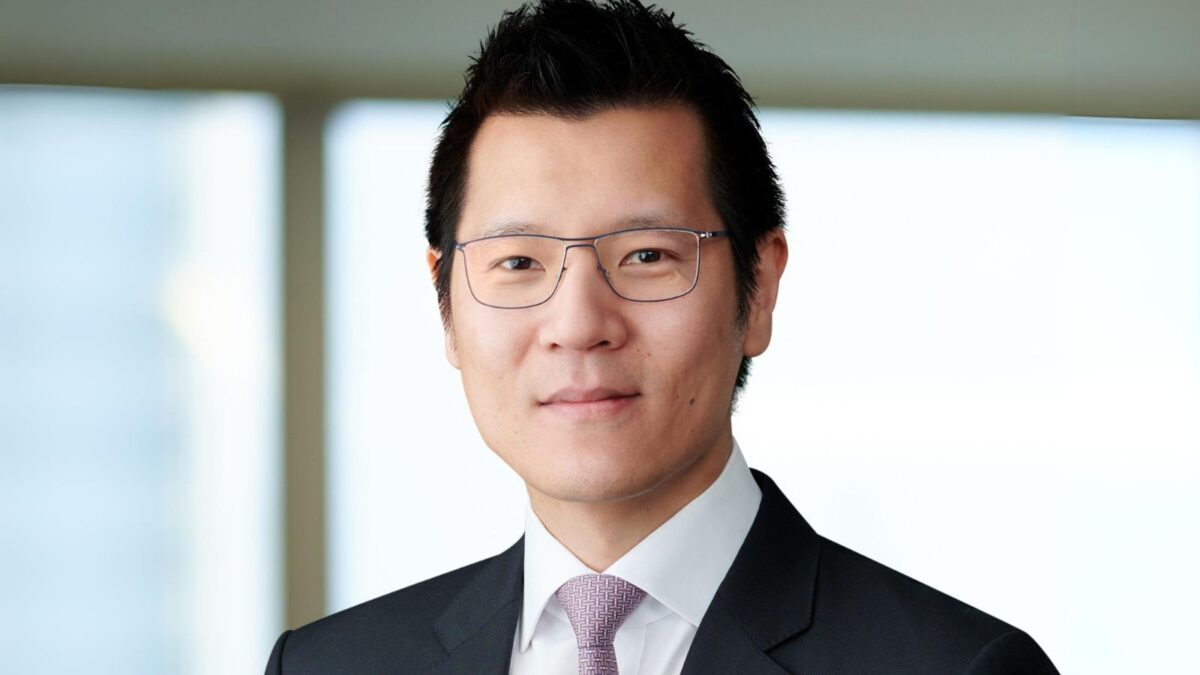Why returns are better in the next phase of decarbonisation
Most of the capital that’s flowed to the energy transition has flowed to renewable energy and the infrastructure built to harness it, with wind and solar assets – and the long term power purchasing agreements (PPAs) that come with them – a particular favourite of the institutional investor set.
But while renewable energy infrastructure might be the easiest pathway to decarbonising parts of the economy, it’s only one pathway – and an increasingly crowded one, according to specialist private equity manager Kerogen Capital.
“When people talk about the energy transition they always talk about renewables – more solar, more wind,” Leonard Tao, managing director at Kerogen, tells ISN. “And those are totally necessary, but they’re only a small part of global emissions – around 25 per cent. There’s another 75 per cent to decarbonise, and it has a lot less people and a lot less capital chasing it.”
Kerogen, which was founded by members of J.P. Morgan’s APAC energy and natural resources group and General Electric’s Asian private equity division, focusses on those sectors that remain “below the radar” due to a lack of GP expertise. Fuels is one example; everybody’s obsessed with the electron, Tao says, but molecules need to be decarbonised too.
“Go to fuels and there’s refineries using bio- or waste inputs rather than crude oil. So it comes much more from an energy skillset and experience. And the way they’re traded is different – nobody’s signing a 20-year fixed price offtake on biofuel. Because of the skill and experience gap, people are much more comfortable tackling renewables and a lot of investors are used to seeing renewables funds – but there’s more opportunity elsewhere.”
The build-out of wind and solar is critical, and will continue to attract a lot of capital, but Tao feels that “the returns are better in the next phase”.
“Ultimately, the energy transition is not just adding renewables; you tackle the lower-hanging fruit first, of course, but over time you need to look elsewhere. There’s so many different sub-verticals, and each of those sub-verticals is going through their own story. 15 years ago solar panels were very expensive and uneconomic, and you needed government subsidies to get it going. Over time as it scaled there was basically a 90 per cent reduction in cost.”
“A lot of LP capital is a little bit backwards looking because you do need to have a track record before the fiduciaries are willing to allocate capital in a big way to a sector. Nobody has a 15-year track record on low carbon fuels because the sector didn’t really exist 15 years ago. That means fewer mature strategies and less allocation.”
And when it comes to funding new climate technologies, there’s a ‘missing middle’; VC funds and family offices might be able to dole out single digit tickets, but growth equity can quickly dry up when a technology is fully proven and needs to scale.
“The cheque sizes go from tens to hundreds, and at that point the original backers can’t follow on in size,” Tao says. “It’s still too early for the infra funds, or the banks who provide the financing. Some people call it FOAK – first of a kind financing – other people call it transition equity. But there’s this middle piece that there isn’t a lot of availability for.”











